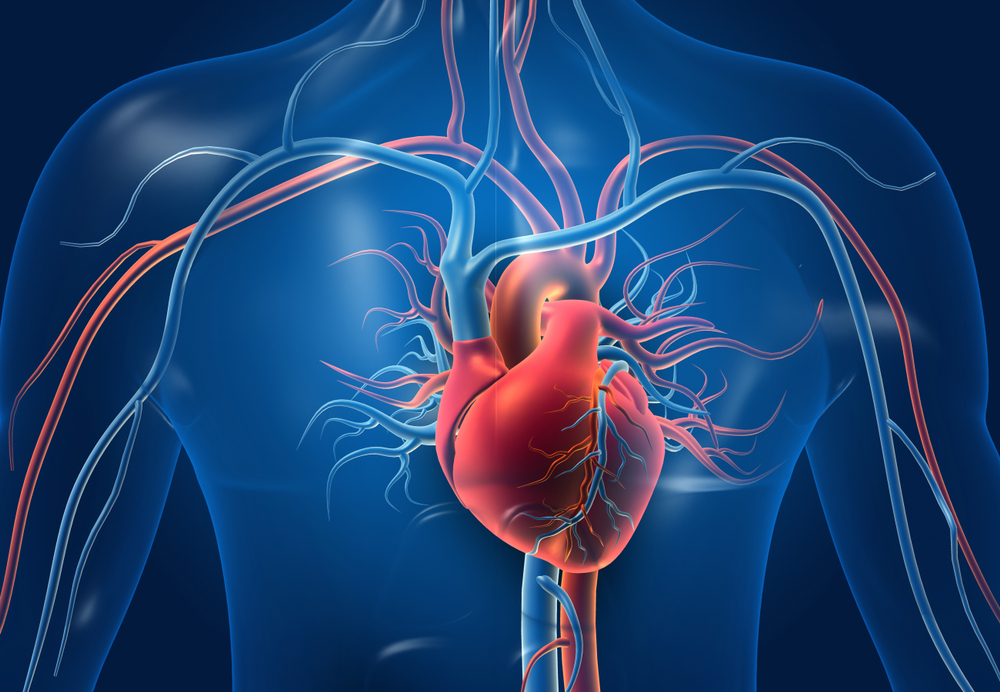Blood Circulatory System: How Does It Work?

What is the blood circulatory system?
Our body comprises individual cells with their own internal systems to process nutrients and does their functions. These cells need an environment that allows them to thrive, with an adequate supply of oxygen and nutrients and the removal of harmful waste products that get formed. However, your body is big. Oxygen is available in plenty in the lungs and nutrients near the intestines. The kidney is ready to process waste. But, these organs are located far apart from each other. Many body functions require transportation. The circulatory system connects all parts of your body and maintains a steady logistics network in your body, in collaboration with the lymphatic and nervous systems.
What functions does the blood circulatory system provide?
The blood circulatory system is like a highway or a supply chain that ensures the logistics of nutrients, oxygen, waste products, and a conduit for other essential functions. Some of the body functions that use this logistics network include:
- Transporting O2 to tissues and CO2 from the tissues back to the lungs
- Transporting nutrients from the intestine to the liver for processing, and then to different tissues
- Transporting essential electrolytes and minerals
- Transporting waste from the cells to the kidneys, skin, and glands for excretion
- Supply of essential metabolites (raw materials) to various glands in your body and broadcasting the hormones made by these glands across the body to control bodily functions
- Maintaining the right environment across the body for cells to function by constantly redistributing resources as needed
- Helping in healing and preventing infection after injury, by plugging holes through clots
- Ensuring controlled temperature across the body
- Transporting components of your immune system to the sites where they need to attack invaders
How does the blood circulatory system work?
Your blood circulatory system consists of the heart and blood vessels. The blood comes back from the tissues carrying carbon dioxide and other waste products through the veins.
The right side of the heart: All veins join together into two prominent veins known as superior and inferior vena cava. This reaches the upper right chamber of your heart. From here, the blood is driven with force by the lower right chamber of your heart into your lungs. The blood gets oxygen from here and disposes of the carbon dioxide.
The left side of the heart: The blood is then sucked in from your lungs by the upper left chamber of your heart. In your heart, the left and right chambers are not connected, but the upper and lower chambers are - through valves. The blood reaches the lower left chamber (left ventricle) of your heart, which is the most powerful pumping mechanism.
Blood vessels: The left ventricle pumps the blood in collaboration with the muscles lining the blood vessels to maintain the flow as well as the blood pressure to keep the system running. The blood vessels include arteries that carry blood from the heart and veins which carry blood to the heart. The arteries become smaller vessels called arterioles and even smaller capillaries. The capillaries reach the tissues and then rejoin to form venules and further into veins. Muscles in your legs also help in moving the blood as it travels through various veins.






